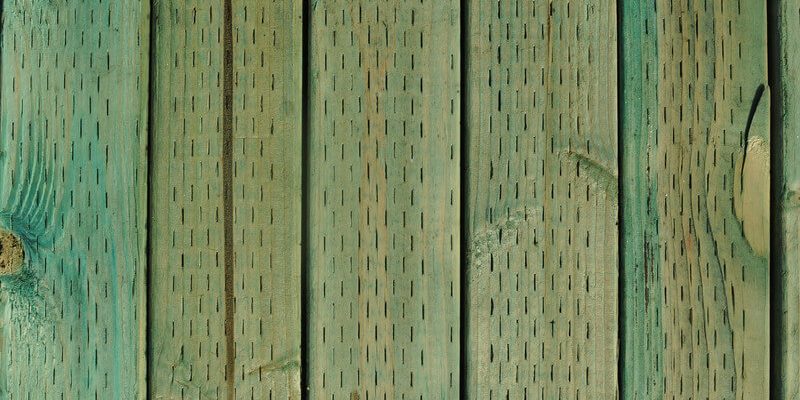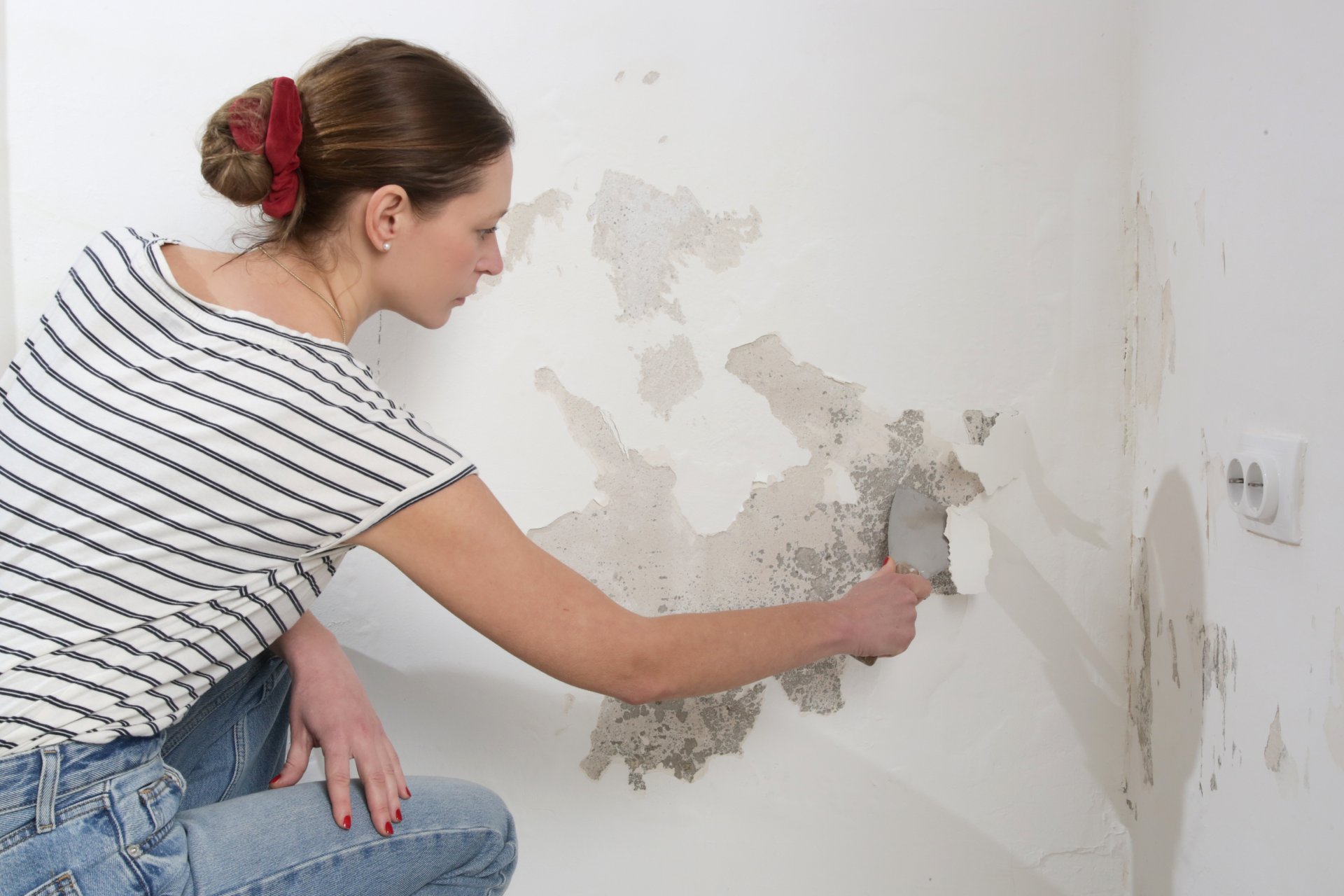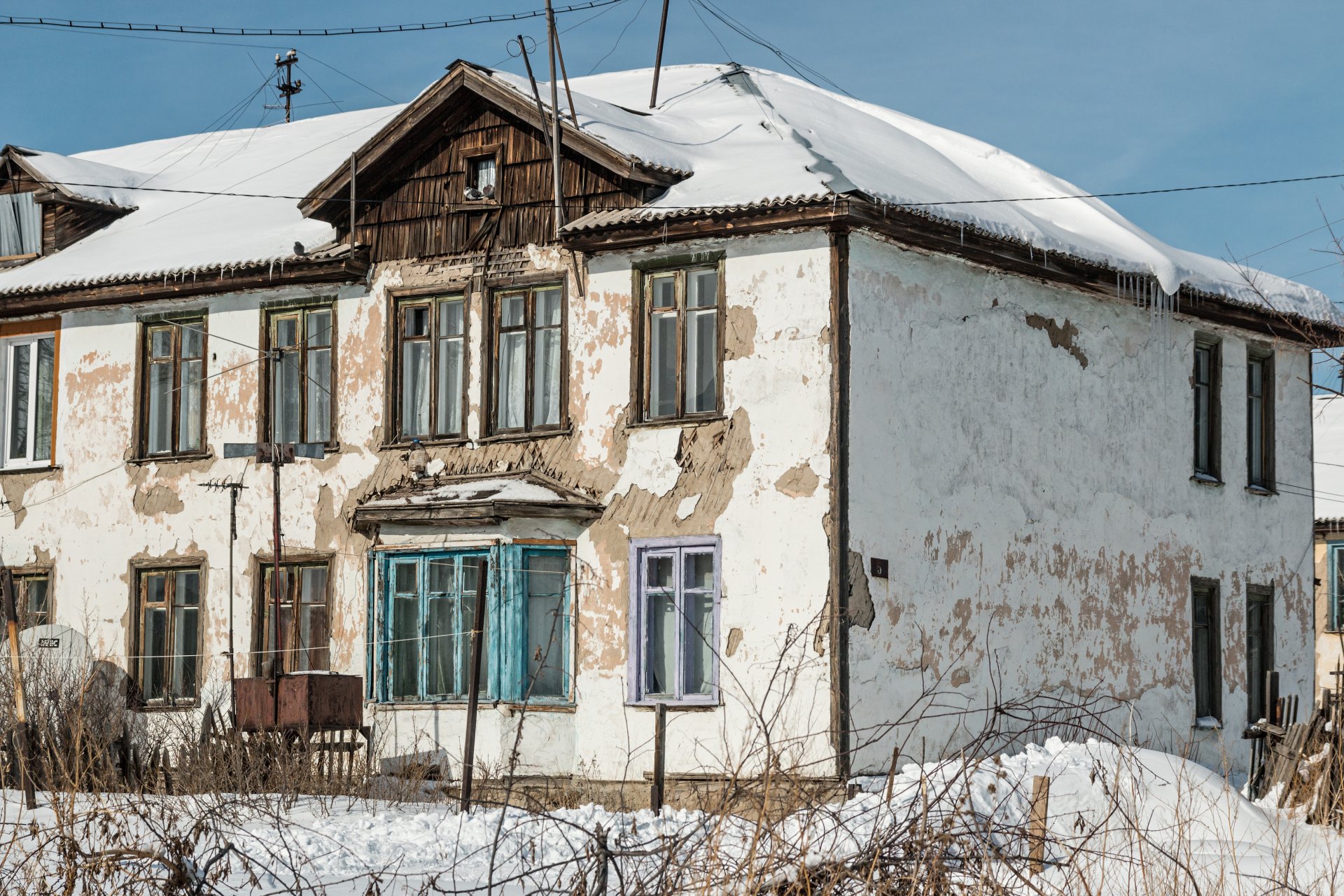To paint or not to paint? With pressure treated wood, that is often the question. This article will provide you with all the information you need to answer that question in a way that is best for you and your deck, porch, or fences on your property
Pressure treated wood is beautifully rustic when left unpainted. Many people prefer to let the natural colors and grains of the wood speak for themselves.
However, there are advantages to painting pressure treated wood. Let’s take a good look at all the information you will need to make a choice about your deck, porch, or other exposed wood structure.
We will examine the pros and cons of painting, doing it yourself versus hiring professionals, what kind of paints the wood requires, some tips and dos and don’ts, and answer your frequently asked questions.
Uses for Pressure Treated Wood
Pressure treated wood is used for constructing outdoor wooden structures to ensure they last despite being exposed to the elements. The wood is put under high pressure and treated with chemicals that prevent decay, insect infestation, mold, and water damage. The wood is loaded into a depressurized holding tank that removes the air and replaces it with a chemical preservative.
Pressure-treated woods are mostly used for fences, decks, to support wooden docks, and for other outdoor structures such as ramps and walkways. It is also used in stair stringers, pergolas, above-ground garden beds, arbors, and wooden swing sets.
It is not recommended to use pressure treated wood for indoor applications due to its chemical treatment. When working with treated wood, we suggest wearing gloves, eye protection and a dust mask (N95). Due to the chemicals in pressure treated wood, it should never be burned.
- Above Ground Pressure Treated Wood:
Used when there is adequate ventilation and drainage around and underneath the wood, this product is useful where the wood can easily be maintained and replaced, and in places that are at least six inches above ground level.
- Ground-contact Pressure Treated Wood:
Used where there is direct or close contact between the wood and the ground, or in hard to reach places where it cannot be easily maintained or replaced. The chemical retention levels in the wood are doubled to last in harsh and damp conditions.
Painting Pressure Treated Wood
Although treated wood will prevent decay, mold, water damage, and insect infestation even when left unpainted, it will still be vulnerable to weathering and corrosion over time. Painting or staining the treated wood may extend the lifespan of the wood, although the beautiful natural colors may be sacrificed.
Let’s take a quick look at how to paint treated wood, and whether it is better to do it yourself or hire a professional.
How Do You Paint Pressure Treated Wood the Right Way?
Treated wood needs more time than untreated lumber to thoroughly dry before it can be painted, and all oil-based paints should be avoided in favor of water-based latex primer and paint.
To properly paint your pressure-treated wood:
- Start by prepping the area. Clean it thoroughly with soap and water. Be sure to get rid of any debris and dirt, leaving a clean and smooth surface.
- Power wash the deck or porch with a power washer if it needs cleaning. Before you begin painting, ensure the wood is completely dry.
- After the wood has completely dried, begin applying a latex primer onto the porch or deck.
- Once the primer has cured, you can apply at least two coats of your latex paint. Read the manufacturer’s instructions to confirm the best amount of time to wait between applying coats of paint.
Hiring Professionals vs. Doing it Yourself
On the surface, it may seem that painting pressure treated wood is simple and easy.
The temptation might be strong to handle the painting process yourself. All you need to do is measure the dimensions of the porch or deck, figure out how much materials and paint you will need, and take a drive to the hardware depot. And you will save a lot of money!
So what are the advantages of hiring a professional?
- Expertise
Pressure-treated wood requires a professional eye before engaging in a painting project to deal with a number of complications. The wood takes months to shrink and re-contract on and off so the paint can crack and not adhere correctly. To create pressure-treated wood, the lumber (often pine or cedar) is saturated with chemical preservatives. These chemicals reduce the wood’s natural vulnerability to insects and rot, but it also leaves the wood rather wet – ensuring that your coat of paint will be peeling in no time. Only an experienced professional can determine if your treated wood is ready for paint.
- Quality of Materials
Professional painters keep high-quality materials and paints on hand, so you’ll know that you’ll be getting only the best materials and equipment on the job. From pressure washers to prepare the wood correctly, quality primers and paints, the best rollers and brushes, professional painters come prepared to do the best possible job. And many, like Dallas Paints, offer a quality guarantee that does not exist when you do it yourself.
- Time
When you account for the actual amount of time it will take to paint your treated wood, you may be surprised. First, measuring the area and purchasing the correct materials, primers and paints. Then, preparing the wood for paint with a deep clean, applying primer and two coats of paint. It takes a major investment in time. Hiring professionals can free you up for work, family, and leisure. And before you know it, the exhausting and time-consuming project is complete without you having to lift a finger.
Frequently Asked Questions
What are pressure-treated woods?
Pressure treated wood is put into a depressurized holding tank that removes the air and replaces it with a chemical preservative, which means it uses high pressure and preservative agents deep in the wood to ensure longevity.
The chemical preservatives commonly used are Copper Azole (CA), Copper Quaternary (ACQ), or Micronized Copper Azole (MCA). These ingredients blend with wood in order to reduce decay and give it properties that deter moisture, rotting, fungus, and degradation.
Do you recommend painting treated wood?
We do not recommend painting treated wood even though it offers an easy-to-paint surface. You don’t need to protect treated wood from the elements, although sometimes coats of paint can delay weathering and corrosion. If you would like to paint your treated wood for aesthetic reasons or to match a decor, make sure it is properly dry before painting and the wood has completed its contracting process. Otherwise, the very process and treatment that prevent decay can cause the paint to peal.
How much time should I wait before painting pressure treated wood?
You don’t need to wait before you paint a kiln-dried pressure-treated wood; however, if the wood is not kiln-dried, you should wait for it to fully dry. This often takes between two to four months.
What are the types of paint I can apply to pressure treated wood?
The exterior latex paint (also known as water-based paint) is the only paint that is perfect for pressure-treated wood. Due to the challenges of painting treated wood, it is recommended to purchase the highest quality exterior latex paints.
What will happen to a pressure-treated wood if painted too soon?
There are many chemicals inserted in the wood during pressure treatment, and the process uses large amounts of water. There are chemicals and moisture that penetrate deep into the wood’s pores.
If you paint the wood without waiting for at least two to four months, the wood’s chemical and moisture content will try to find their way outside the wood as it dries out. These will be trapped in the timber if you’ve painted it without allowing it to dry out. The moisture will cause the wood to warp, and the chemicals will crack and peel off the paint as they evaporate.
If you are certain that the wood is completely dry and is set for painting, the first step is to coat the wood in a high-quality primer. A high quality primer improves the paint’s adhesion to the surface of the timber and prevents the paint from soaking into the wood and flaking away over time.
Are you able to stain pressure treated wood?
Stain is often simpler than painting treated wood. However, you won’t have as many options when it comes to color.
What is the best paint to use for pressure treated wood?
You should do your best to avoid any oil-based paints on pressure-treated wood since this type of paint is resistant to the surface of the wood. For best results, use latex-based paints.
How do I know when my pressure-treated wood is dry?
Try sprinkling some water onto the wood. If it soaks right in, then it is dry and ready for paint. If it doesn’t, then the pressure treated wood is still too wet for painting and will need more time before you can begin the painting process.
Paint and Stain Away
When it comes to treated wood, it is critical to make an informed and educated decision before beginning any kind of paint or stain project. The consequences of guessing wrong can be disastrous and costly. Treated wood requires an understanding of the chemicals used, how to determine if it is sufficiently dry, and other countless factors before applying one ounce of paint.
Picking up the phone and calling a local painting service to get the job done is the best way to go.




